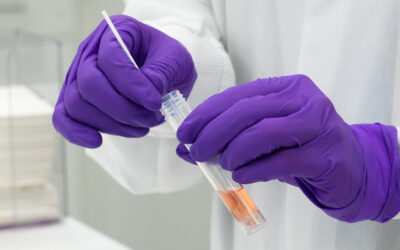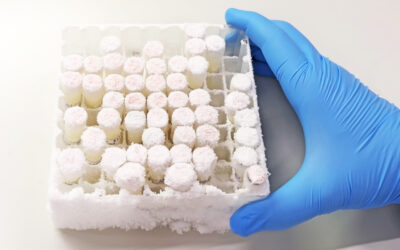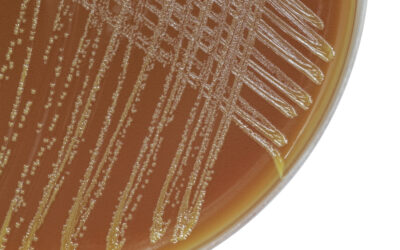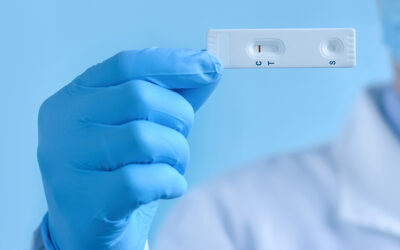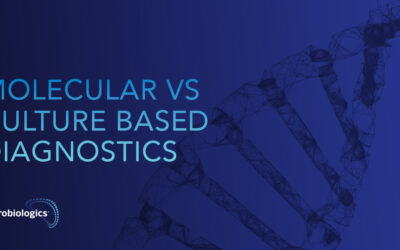CLINICAL
CLINICAL MICROBIOLOGY
Read articles about clinical microbiology from Microbiologics’ experts and other field experts. Learn about clinical lab best practices, case files, identifying viral, fungal, bacterial, and parasitic agents contributing to the infectious process, and more.
The Importance of QC in Patient Molecular Testing Workflows
This post on the importance of using quality controls in a laboratory’s patient testing workflow provides an overview of the purpose and regulatory implications of using quality control materials. You will gain insight into the optimal solution of using third-party...
The Potential Risks and Hidden Costs of Freezing Reference Strains
The Drawbacks of Using Frozen Cultures in Clinical Diagnostics Maintaining bacterial stocks via frozen methods is a common way to preserve viable cultures. Frozen stocks may appear to be cost effective and user friendly, but freezing and thawing can create several...
MLS and MLT Career Opportunities
As a manufacturer of quality controls used in clinical diagnostics, we see firsthand the difficulties that laboratory directors face in maintaining the unwavering accuracy patients deserve. One of the most prominent obstacles involves the pipeline of new professionals...
The Challenges of Diagnosing and Treating Secondary Infections
In the past two decades, there have been six major global outbreaks of infectious diseases. While these infections may be treated, treatment can get more difficult when a secondary infection may take advantage of an already weakened immune system (Manohar, et al,...
Antibiotic Resistant Gonorrhea–An Ongoing Big Problem
At any given time, one in five people in the US has a sexually transmitted infection (STI), translating to more than 60 million infections per year.1 These infections cost billions in healthcare expenses each year. Even more alarming, over 40% of all new STIs in this...
Group B Strep Awareness Month
The CDC and other health organizations recognize July as International Group B Streptococcus (Group B Strep, GBS) month. In many ways, Group B Strep seems somewhat harmless, remaining asymptomatic for most healthy adults who carry the bacteria. Yet the same factors...
In Vitro Diagnostic Use (IVD) versus Research Use Only (RUO) in the Clinical Laboratory
This blog post is the third in our Optimal QC in the Clinical Laboratory series. Previously, in this series we highlighted the importance of external and third-party quality control products in the clinical laboratory, emphasizing that quality control, by design,...
Why Third-Party Clinical QC is Critical
This blog post is the second in our Optimal QC in the Clinical Laboratory series. In a previous blog post, we highlighted the importance of external quality control products for QC in the clinical laboratory, rather than relying solely on internal controls built into...
The Necessity of External Controls
This post on external quality controls is the first in our series on Optimal QC in the Clinical Laboratory, which also covers third-party controls and IVD labelled controls. By principle, quality control (QC) in the clinical laboratory must subject all...
Comparing and Contrasting Traditional and Molecular Methods in Clinical Microbiology
An Interview with Julie Laramie, MS-CLS, MLS (ASCP)CM, SMCM Significant technological advancements have changed the world of clinical diagnostics. For instance, the application of molecular biology to clinical microbiology has decreased turn-around-times for some...

